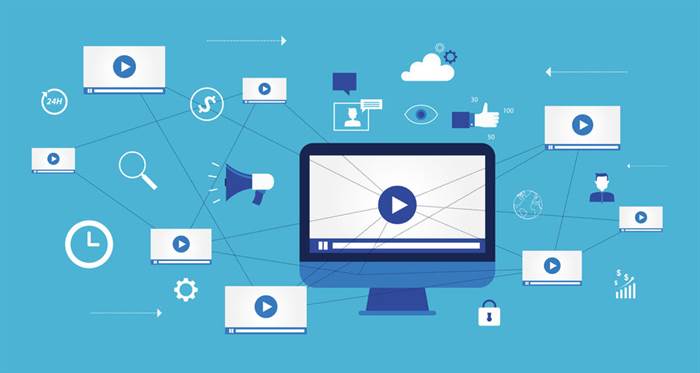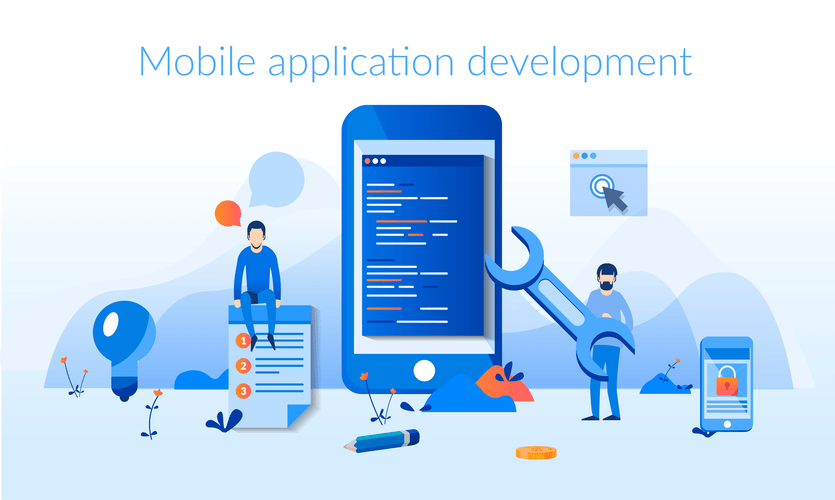Some providers even offer more services beyond the virtualization layer, such as databases or message queuing. The delivery model of PaaS is similar to SaaS, except instead of delivering the software over the internet, PaaS provides a platform for software creation. This platform is delivered via the web, giving developers the freedom to saas vs paas examples concentrate on building the software without having to worry about operating systems, software updates, storage, or infrastructure. To wrap this post up, you must invest in cloud computing if you want to keep up with changing standards. Not only will it help you serve your customers better, but it will also help your business grow.

IaaS lets customers avoid the up-front expense and overhead of purchasing and maintaining its own on-premises data center. The trend shows that there is a slight decrease in SaaS, and a slight increase in IaaS and PaaS, which is likely to continue over the next years. This may be due to companies acknowledging IaaS for being more flexible and customizable when compared to ready-to-use SaaS solutions. Nonetheless, the latter will likely remain dominant and stay the largest cloud service model in terms of cloud spend. SaaS is ideal for small companies or startups that don’t have the capacity to develop their own software applications. From e-commerce to short-term projects, SaaS is the quickest and easiest solution if you don’t need highly customized applications.
Key differences between
The platform that can be accessed through the internet provides developers with a framework and tools to build apps and software that are tailored to the organization’s individual needs. These entire cloud application services are the most common form of cloud computing. They are ready-to-use and often run directly through the client’s web browser, meaning there is no need for installations or downloads like it with on-prem solutions. Unlike other cloud computing models, IaaS gives companies direct access to an infrastructure’s resources.

With platform-as-a-service on the other hand, you can build apps without having to host them on-premise, so you benefit from more flexibility but get a little less control. The IaaS provider is responsible for managing and maintaining servers, hard drives, storage, and virtualization tools. However, applications, runtime, OS, middleware, and data still need to be managed by the client. Software as a Service, also known as cloud application services, represents the most commonly utilized option for businesses in the cloud market.
Iaas vs PaaS vs SaaS – What are the Differences?
They are ready-to-use and often run directly through the client’s web browser, meaning there is no need for installations or downloads. These cloud computing services advanced throughout the ages and allow businesses to branch out based upon what they need or want to accomplish. Another way IaaS, Paas, and Saas changed the ways companies operate is their ability to lower costs for acquiring and maintaining cloud infrastructures. For example, companies using IaaS manage their infrastructures and don’t need to create hardware or servers. Regardless of what cloud computing models businesses incorporate for their practices, they all play a part in helping companies run efficient programs to perform their tasks and improve their overall workflow. Companies or developers manage applications, data, and middleware, while IAAS providers manage networks, hard drives, networking, and storage.
- SaaS is also a great option for applications that are not used very often, e.g. tax software.
- By understanding the key differences between these models, their characteristics, pros and cons, use cases, and examples, businesses can make informed decisions about which cloud service is best suited to their needs.
- With growth like this, cloud computing is quickly becoming the norm as businesses begin to phase out on-premise software altogether.
- An enterprise-ready Kubernetes container platform with full-stack automated operations to manage hybrid cloud, multicloud, and edge deployments.
- PaaS offers users integrated databases and analytics platforms when developing applications, which provides flexibility and scalability with features such as automated deployment.
- SaaS and PaaS providers manage organizations’ operating systems, but IaaS users must handle their own operating systems.
PaaS is also the way to go if your organization requires customized applications that need to be developed and deployed in a short amount of time. IaaS is ideal for small or startup companies who don’t want to spend too much on hardware and software. Due to its versatility, it’s a model best suited for changing infrastructures as their business goals evolve or adapt. Although web developers create the data necessary for the programs they want to implement, they don’t have complete control of some data since it’s typically in possession by third-party vendors’ servers. Either your site will crash due to the lack of processing power, or you’ll have to choose an expensive cloud infrastructure when your site traffic is fairly low. Also, before choosing your cloud provider, you should consider the other two important factors, – downtime and migration.
IaaS vs PaaS vs SaaS: Differences and Examples
Just like IaaS, the customers have access to servers and data centers which are maintained and managed by the third-party provider. Unlike PaaS, IaaS offers its customers direct access to its cloud servers and storage. You don’t have to buy and install the underlying infrastructure because you can outsource it instead. This cloud computing service eliminates the additional costs for managing and using the hardware resources, focusing on outsourcing these services to a service provider. IaaS platforms support companies in building and managing data and provide the disk and server space they need to develop hardware and software without hosting and managing servers on-site.
Application programming interfaces, or APIs, simplify software development and innovation by enabling applications to exchange data and functionality easily and securely. With IBM Cloud Satellite, you can launch consistent cloud services anywhere — on premises, at the edge and in public cloud environments. SaaS is delivered as a fully functional service and can be accessed remotely via any web browser, allowing clients to work from anywhere. The users connect to the app through a dashboard or API and rely on the SaaS provider when it comes to bug fixes, middleware, support, and any potential technical issues.
Advanced Concepts of Cloud
These applications, sometimes referred to as middleware, are scalable and highly available as they adopt particular characteristics of the cloud. The IaaS cloud infrastructure offers companies and administrators the highest control and authority over software and hardware. However, you are also responsible for ensuring they are technologically safe and functioning correctly to avoid failures in critical parts of your business.
The as-a-service label has been utilized in every facet of the technological sphere. In fact, there are some within the industry who advocate for an “everything-as-a-service” model, which https://www.globalcloudteam.com/ is simply suggesting that anything can be commoditized – not the most radical statement ever. Learn how and why companies are choosing to move the corporate buying experience online.
SaaS vs. PaaS vs. IaaS: What You Need to Know
With SaaS, you don’t need to install and run software applications on your computer. Everything is available over the internet when you log in to your account online. You can usually access the software from any device, anytime — as long as there is an internet connection.
Each type of cloud service, and deployment method, provides you with different levels of control, flexibility, and management. Infrastructure as a service is used by companies that don’t want to maintain their own on-premises data centers. The IaaS cloud vendor hosts the infrastructure components that typically exist in an on-premises data center, including servers, storage and networking hardware, as well as the hypervisor or virtualization layer. SaaS (Software as a Service) is a cloud computing service model that delivers software applications over the Internet.
SaaS vs Paas vs IaaS: What It Is, Differences & Examples
If implementation time is important and fast deployment is critical, then SaaS might be the way to go – no lengthy installation or technical setup is required. See how these Types of SaaS Solutions can be a cost-effective choice for your business. You may come across these terms and wonder what it means, and the differences between each of them, or you may have a basic understanding but want to know real-life examples of their usage. Take a look at our database of pre-screened Azure professionals and take the first step toward landing the best administrators, developers, and consultants in the market. Known as serverless architecture, FaaS is auto-scalable, and uses trigger events to run functions without having to worry about deployment or server resources.









